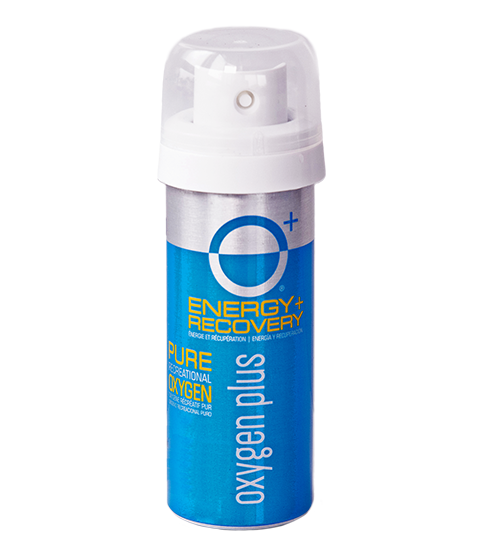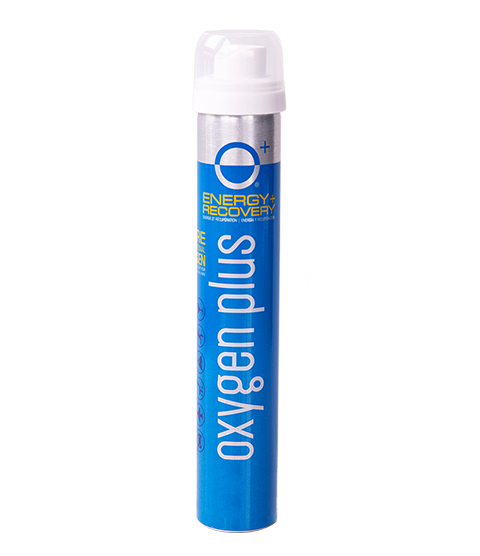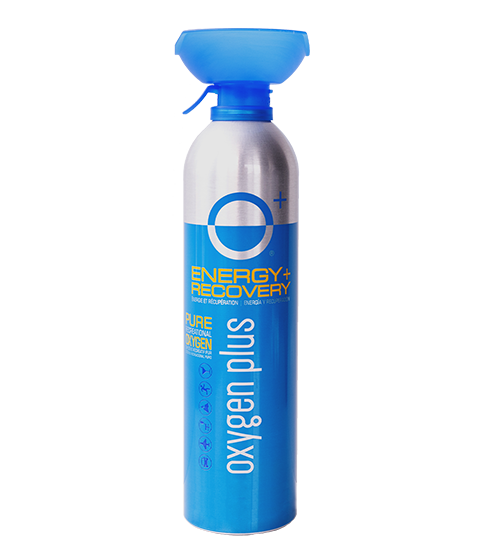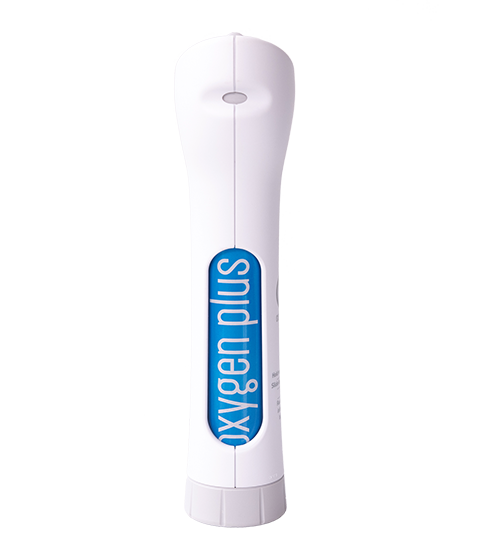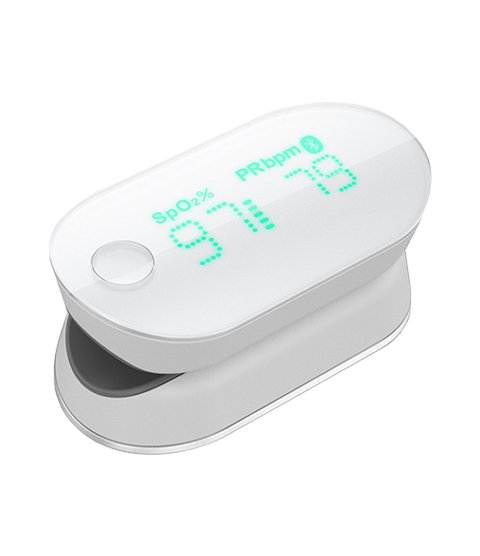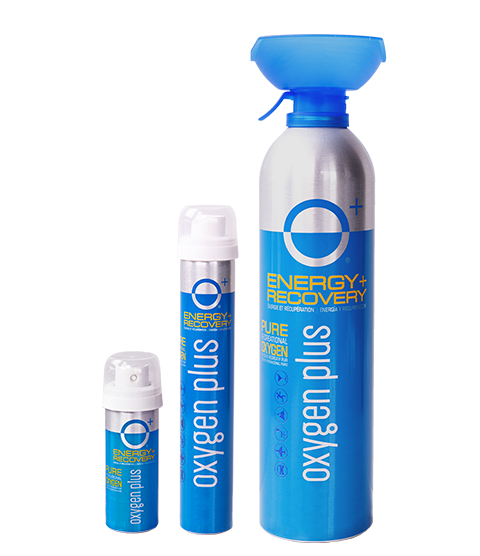Your Cart is Empty
Oxygen for High Altitude Travel
High altitude travel can be an exciting and rewarding experience, but it’s important to make sure you’re adequately prepared for the journey. Some risks you may experience are acute mountain sickness and hypoxia. Learn more about how to prevent and tackle symptoms you might experience at higher altitudes.
Note: Oxygen Plus (O+) is not a medical product. Any person with a health or medical condition should consult their physician prior to use of O+ products and high altitude travel.
Why Is It Hard To Breathe at High Altitude?
Breathing becomes difficult at high altitudes due to the decreased availability of oxygen in the air caused by lower atmospheric pressure. As altitude increases, the reduced partial pressure of oxygen means the lungs receive less oxygen molecules with each breath. The body responds by increasing breathing rate and depth (hyperventilation) and producing erythropoietin (EPO) to stimulate the production of red blood cells, which enhance oxygen-carrying capacity. Despite these adaptations, symptoms like shortness of breath, rapid breathing, fatigue, and dizziness can occur due to lower oxygen levels, collectively known as altitude sickness.
What Are the Risks of Traveling at High Altitudes?
Acute Mountain Sickness
Acute mountain sickness (AMS) is a common condition that can affect individuals ascending to high altitudes. It occurs due to the body's struggle to adapt to the reduced atmospheric pressure at higher elevations. AMS is characterized by a range of symptoms, including headache, nausea, dizziness, fatigue, insomnia, and loss of appetite. The exact mechanisms underlying AMS are not fully understood, but it is believed to involve the dilation of blood vessels in the brain and alterations in fluid balance. AMS can vary in severity, with mild cases typically resolving on their own within a few days as the body acclimatizes. However, in more severe cases, AMS can progress to high altitude cerebral edema (HACE) or high altitude pulmonary edema (HAPE), which require immediate medical attention. It is important for individuals ascending to high altitudes to acclimatize gradually, stay properly hydrated, and be aware of the symptoms of AMS to ensure their safety and well-being.
Hypoxia
When the brain does not receive enough oxygen, it is impaired and a condition known as hypoxia can occur. Hypoxia is the deficiency of oxygen reaching tissues of the body. The worst symptom of hypoxia is how it affects the brain by diminishing a person's awareness of the oxygen deficiency. In oxygen-deficient environments, some people experience mild euphoria and feel fine, even though they may be unable to write their name legibly or sort a deck of cards.
How To Prepare for High Altitude Travel
High altitudes can bring with them a range of health risks, so it’s important to take steps to ensure your safety. Here are some tips on how to prepare for high altitude travel:
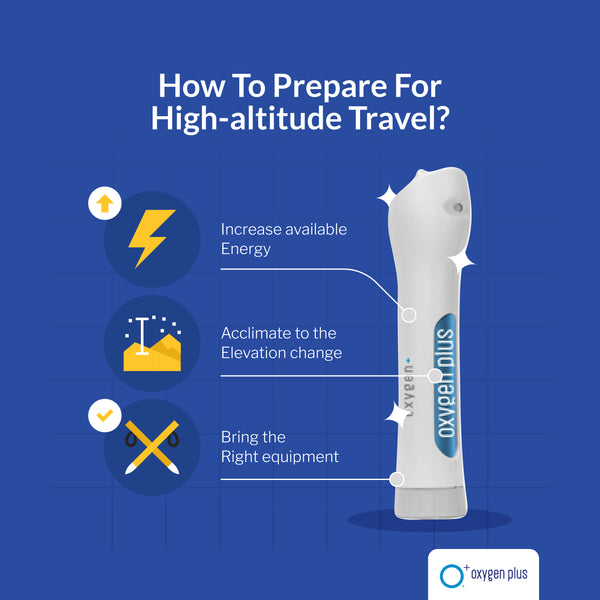
1. Get a Physical Examination
Before your trip, get a physical examination from your doctor to make sure that you're as healthy as possible before the journey. Your doctor can check for any other health issues that may be aggravated by high altitudes and advise you on how to cope with them.
2. Acclimate to the Elevation Change
The higher the altitude, the more important it is to gradually acclimatize yourself by spending time at lower altitudes before attempting a climb to the highest points. This gives your body time to adjust to the lower pressure environment and reduce the risk of altitude sickness. Acclimatizing for a minimum of 2-3 nights at 8,000-9,000 ft before proceeding to higher elevations can significantly reduce the risk of acute mountain sickness. Climbers attempting to summit Everest spend about 3 nights at each point of major elevation change to ensure their bodies have a chance to adapt.
3. Bring the Right Equipment
Make sure you bring all the necessary gear for your high altitude trek, including warm clothing, a tent, a sleeping bag, water bottles, food, headlamps and other items recommended by your guide or tour operator, including Oxygen Plus (O+).
Feeling the altitude? Take a deep breath of Oxygen Plus (O+). Pure recreational oxygen from Oxygen Plus helps elevate your mountaintop experience in a safe, healthy way when you're at, or adjusting to, higher elevation. Whether you're skiing, snowboarding, biking, hiking or floating at altitude, breathing O+ oxygen - at the beginning, middle and end of your day - immediately helps offset the negative effects of altitude. Sports and outdoor enthusiasts use the compact, oxygen-packed on-the-go boost offered by Oxygen Plus to maximize their journey into thinner air.
How To Acclimate to High Altitude
When you arrive at a high altitude destination make sure you have at least three (3) days of low to moderate activity to give you body a chance to adapt to the new conditions. Refraining from alcohol consumption and drinking an adequate amount of water will help your body acclimate faster. Additionally, before your trip even begins you can spend time doing cardiovascular training. This will help your body learn how to become more efficient at capturing and distributing oxygen in your body.
How Much Less Oxygen Is There at 10,000 Feet?
At sea level, the concentration of oxygen in the air averages around 21%. At 10,000 feet above sea level, the concentration of oxygen drops to about 15%, which is approximately a 30% decrease from sea level values.
At higher altitudes, the fall in atmospheric pressure reduces the partial pressure of inspired oxygen, decreasing the driving pressure for gas exchange in the lungs. Which essentially means that your body has to work harder to get the same amount of oxygen it is accustomed to breathing at sea level.
Do Portable Oxygen Containers Work at High Altitude?
Portable oxygen containers have proven to be extremely helpful to people adjusting to higher elevations, but they are not a substitute for proper acclimatization or specialized air-tight oxygen masks that are often worn above 18,000 feet. The amount of oxygen that is contained in recreational oxygen canisters, like Oxygen Plus (O+), offers less oxygen than these heavy tanks or high-altitude oxygen concentrators, and will probably not be enough to sustain you if you’re hiking too high or are not properly acclimatized.
What Altitudes Do You Need Oxygen At?
Whatever your reason for traveling to the top of the world, Oxygen Plus is here to help you make the most of your adventure.
Here's a general guide to help you know how many deep breaths of pure recreational oxygen you may want for various high-elevation activities:
- Vacationing at 3,000+ feet - 50+ breaths daily, repeat as needed
- Hiking and Biking at 3,000+ feet - 100 breaths daily, repeat as needed
- Hiking and Biking above 5,000+ feet (Machu Picchu or Pike's Peak)- 5+ breaths every 20 minutes, repeat as needed
Oxygen Plus Portable Recreational Oxygen Helps You Feel and Perform Your Best at Higher Altitude
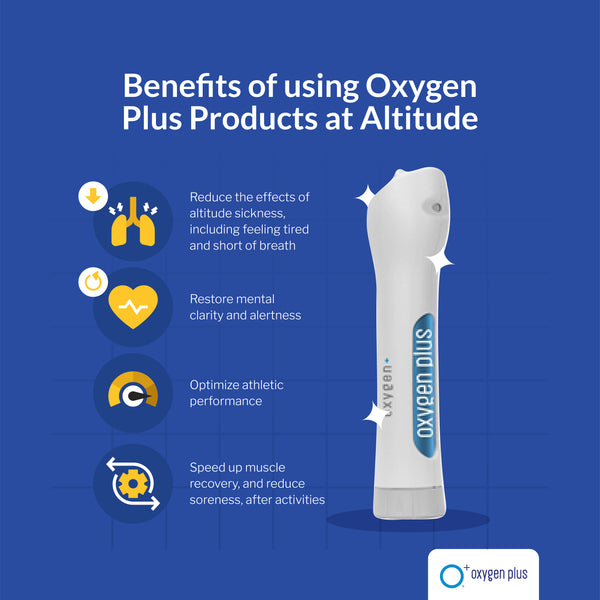
- Reduce the effects of altitude, including feeling tired and short of breath
- Restore mental clarity and alertness at elevation
- Optimize athletic performance at higher altitudes
- Speed up muscle recovery, and reduce soreness, after skiing, hiking or biking
Anyone experiencing altitude sickness should seek immediate medical assistance. People with any type of health or medical condition should consult their physician prior to the use of O+ products.
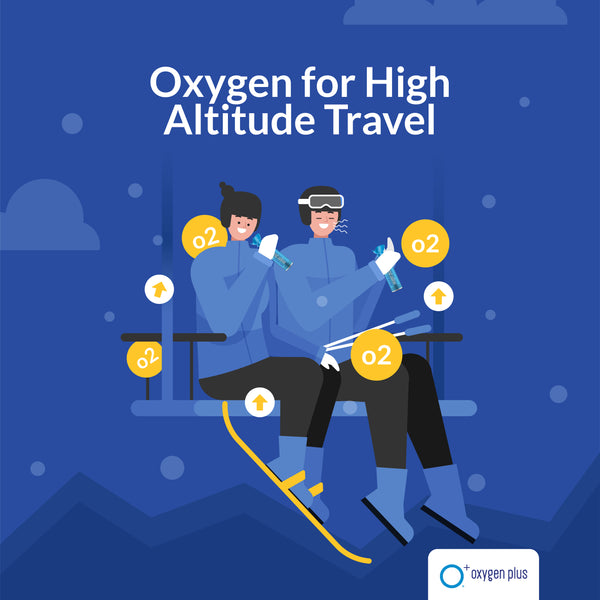
Elevate Your IQ:
At higher altitudes, the oxygen molecules are less dense. Ascending 5,000 or more feet in elevation in the mountains can result in mild symptoms of Acute Mountain Sickness - headaches, nausea, dizziness, disturbed sleep, fatigue, shortness of breath and loss of appetite. These symptoms will lessen while breathing a higher concentration of oxygen. When the brain does not receive enough oxygen, the brain is impaired and a condition known as hypoxia can occur. Hypoxia is the deficiency of oxygen reaching tissues of the body. Hypoxia can occur in oxygen-deficient environments, including higher mountain elevations. The worst symptom of hypoxia is how it affects the brain by diminishing a person's awareness of the oxygen deficiency. In oxygen-deficient environments, some people experience mild euphoria and feel fine, even though they may be unable to write their name legibly or sort a deck of cards. Note: Any person with any type of health or medical condition should consult their physician prior to use of O+ products.
See faqs and oxygen research for more on oxygen, hiking, skiing and elevation.

